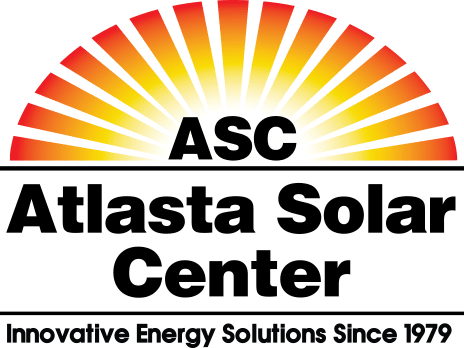As renewable energy becomes increasingly popular, many homeowners are considering solar panels as a way to reduce their carbon footprint and lower electricity costs. However, a common question that arises is whether solar panels completely eliminate the need to pay for electricity. Read on to learn more about solar panels and discover what is free and what you need to pay for in regard to renewable electricity.

Understanding Solar Panels
Solar panels work by converting sunlight into electricity through a process known as the photovoltaic effect. Each panel contains numerous solar cells made primarily of silicon. When sunlight strikes the panels, it energizes the cells, causing electrons to become excited and generate direct current (DC) electricity. This DC electricity is inverted into alternating current (AC) electricity. The generated electricity can either be used immediately to power household appliances, stored in batteries for later use, or fed back into the grid. This seamless process allows solar panels to harness renewable energy efficiently, reducing reliance on traditional, non-renewable power sources.
Costs Involved With Solar Panels
Before we answer whether or not you need to pay for electricity with solar panels, it’s important to cover the common costs associated with installing and operating these power generators. The most significant cost is related to the installation processes, depending on the system’s size and complexity and the needs of your property. This includes expenses for the solar panels themselves, the microinverters, mounting equipment, wiring, and labor costs for professional installation. Some homeowners opt to purchase their systems outright, while others may choose financing options or solar leasing programs that help spread the costs over a longer period. Additionally, various government incentives, tax credits, and rebates are available to reduce the overall expense, making solar power more accessible.
Beyond the initial installation, maintenance is actually quite rare for solar panels, so these costs remain low. The projected life span of most solar panels and parts is over 25 years, and our warranties at Atlasta Solar Center offer coverage for that period. For over two decades, the only maintenance costs you should expect are rare panel or microconverter replacements. Even then, you’re only responsible for labor costs in these situations, thanks to our warranties! Compared to traditional power supply systems, solar maintenance costs are low and infrequent.
Stored Solar Energy: Free To Use or Sell
Once your solar panels are installed and generating electricity, the solar power they produce is essentially free to use. Any energy generated by your panels can be used immediately to power your home, significantly reducing or even eliminating your reliance on electricity from the grid and thus lowering your electric bills. If your system includes battery storage, you can store excess energy generated during the day for use during nighttime or cloudy days. Additionally, if your solar panels produce more electricity than you need, you can feed the surplus back into the grid through a process called net metering. This allows you to earn credits or even get paid by your utility company for the extra power you supply, providing a potential source of income or further reducing your overall electricity expenses.
While the initial investment in solar panels and the associated installation costs can be significant, the long-term financial benefits and environmental advantages can far outweigh these expenses. Solar panels offer a sustainable way to harness renewable energy, reducing dependence on non-renewable power sources and lowering electricity bills. Explore our Atlasta Solar store today and find the perfect residential solar panels for your property!
